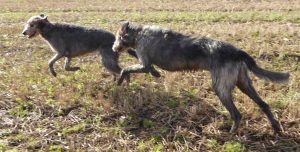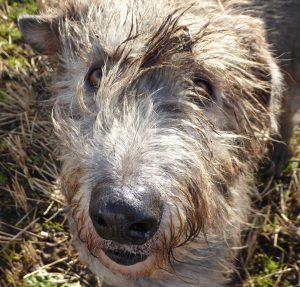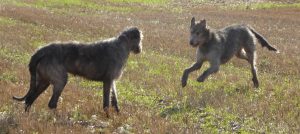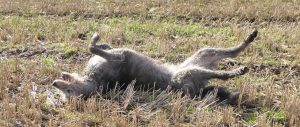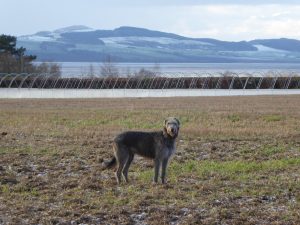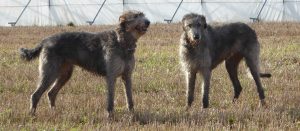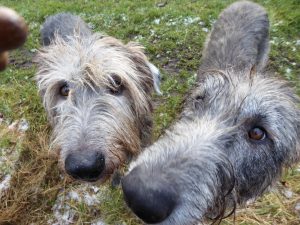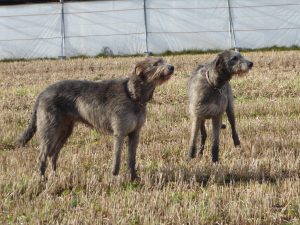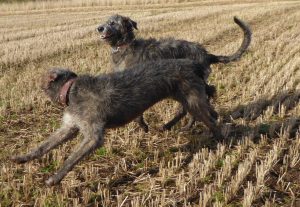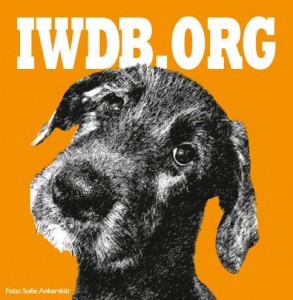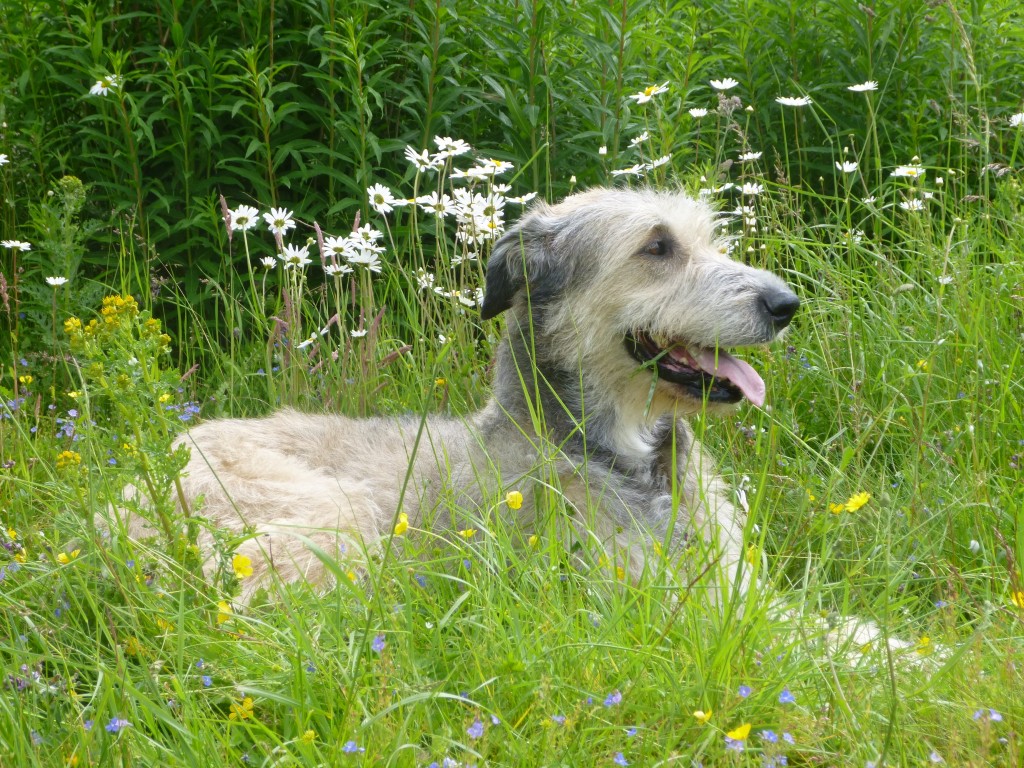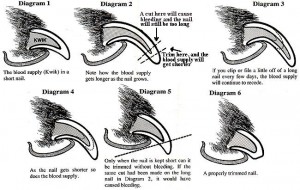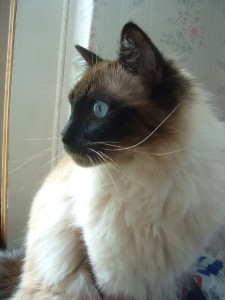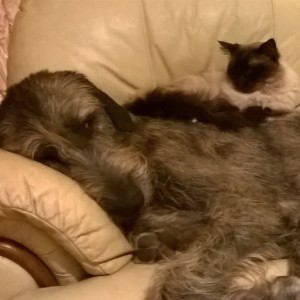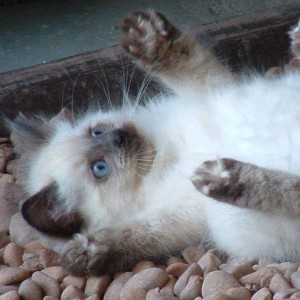This is an article I wrote for the Irish Wolfhound Club of Scotland (IWCoS) newsletter a few years ago. Even though for many years I had been involved with the committee of IWCoS, many of whom attended dog shows regularly I had never been and wasn’t really that interested, consequently when I did decide I wanted to have a go I remember being completely bewildered by the terminology and jargon of dog shows. I wish someone had written an article like this for me, so I might have had some inkling what was going on before I started!
A Beginners Guide to Dog Showing
You may have idly thought “I might fancy showing our gorgeous pet Irish Wolfhound “Murphy”, but I wouldn’t know where to even start”
Well here’s your cue, the world of Irish Wolfhounds are desperate for new people to take up the hobby, and it’s a good way to meet other IW owners and, of course, other IWs which, in Scotland anyway doesn’t happen so often.
There are generally 4 types of dog show, getting more serious as we go up the scale. Firstly there’s the Companion Show, often called a fun dog show, or if it’s an official Kennel Club sanctioned show, it should be called an Exemption show. There are usually pedigree classes such as, Any Variety Hound, Any Variety Gundog, and so on through the groups. Some of the top winning dogs are excluded from these classes so it’s a great place to learn the ropes without competition being too stiff. These pedigree classes will usually be followed by Novelty classes, such as Best Non-Pedigree, Waggiest Tail (never a wolfhound favourite!), Best 6 legs, Best veteran, etc etc. There is no set number of or format for classes. Usually classes will cost 1 – 2 pounds each and you can enter on the day. Often a Best Pedigree in Show will be chosen from all the pedigree class winners and a Best Novelty in Show will be chosen from all the novelty classes. I still enter companion shows – they can be the most fun and the most rewarding.
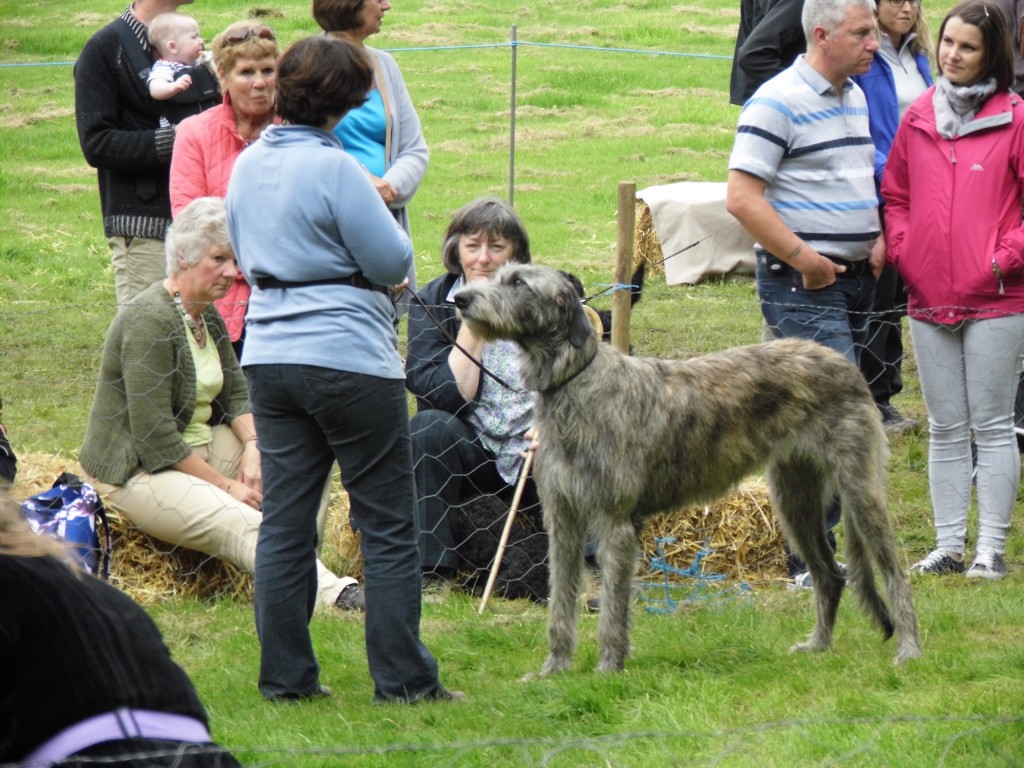
Florrie Wins Best in SHow at Cortachy Highland Games
Next up the ladder are the Limited Shows. These are organized by Dog clubs or Canine Societies for their members only, as such they are the smallest of the ‘serious’ dog shows. Only KC registered pure breed dogs can take part in these shows. They may or may not have Irish Wolfhound classes. If there are no wolfhound classes, then you can show your hound in the AVNSC (Any Variety Not Separately Classified) class.
Then come the Open Shows. These are bigger events than the Limited shows and are organized by Dog Clubs or Canine Societies but are open for non-members to enter also. Dogs must be registered with the Kennel Club and be purebred. Many of these are held indoors in venues like sports halls or auction marts. There may be breed classes, but if not then enter AVNSC classes.
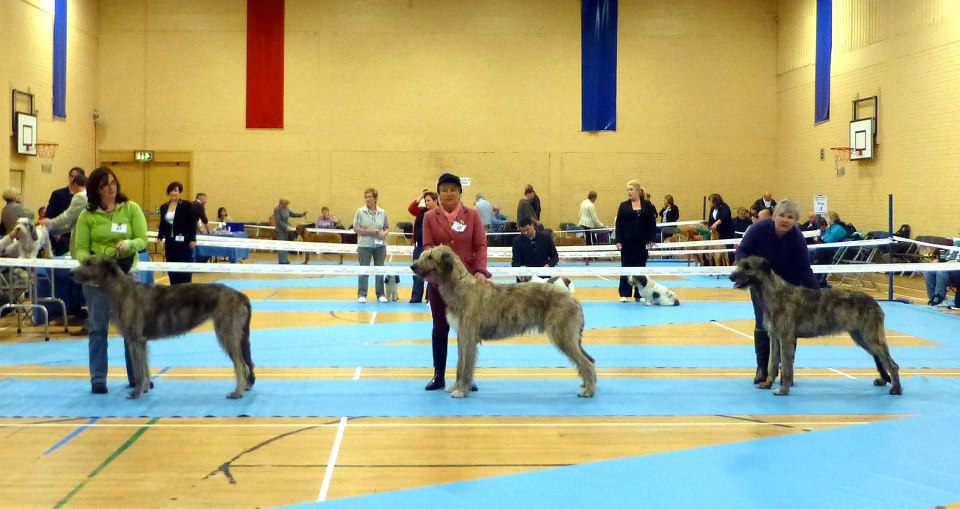
The Irish Wolfhound Graduate Class at the Hound Association Open show in 2012
Finally, it’s the Championship Show. The most famous of these is Crufts, but there are many similar shows throughout the year. Most Championship shows are held outside at agricultural showground type venues, or large country parks. There are 3 Champ shows in Scotland for Irish Wolfhounds. The Hound Association is held in April, indoors at Ingliston, Scottish Kennel Club also indoors in May at Ingliston and Border Union in June at Kelso. When held outdoors, these shows are generally spacious and have doggy trade stands which may be of interest to you. Classes are split so that dogs and bitches do not compete against each other. They always start with dogs, moving through the classes, Puppy Dog (6 – 12 months), Junior Dog (12 – 18 months), Post Graduate Dog (Up to 5 wins, and no Challenge Certificate, at Champ shows in PG or above), Limit Dog (Up to 7 wins, and no Champions, at Champ shows in Limit or above), Open Dog (For any dog of that breed). They then have the same classes for bitches. This means that with a new puppy you can enter all the classes available. It’s generally not a good idea to do this, most seasoned exhibitors enter their dog into the first class available and only that class.
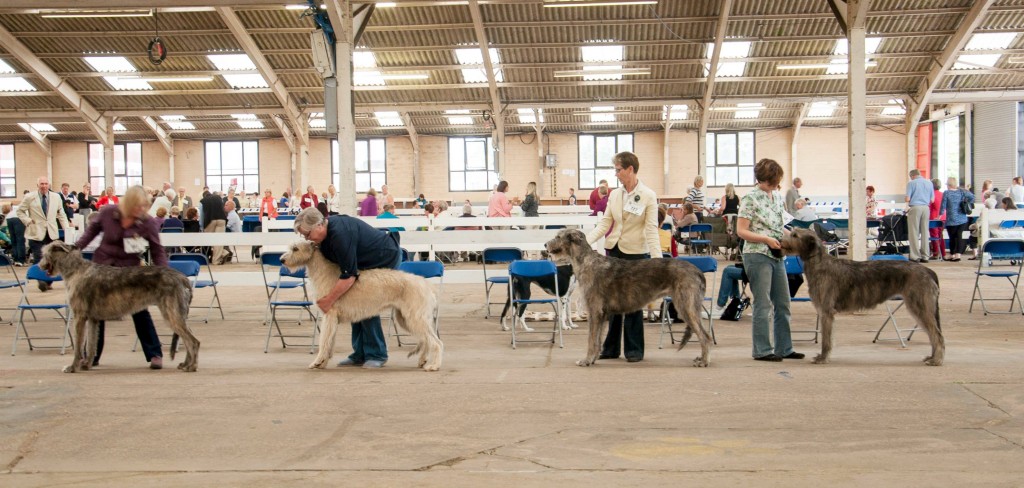
Irish Wolfhound Postgraduate Bitch class Birmingham Champ Show 2013
Limited, Open and Championship shows all need to be entered in advance. Limited and Open shows cost a few pounds per class, whilst Champ shows are usually around £25. If you win your class you will be called back into the ring to compete for Best of Breed (BOB). There is another prize to compete for at Champ shows, the Challenge Certificate (CC). There is a CC and Reserve CC on offer for each sex, so the best dog will be chosen from all the dog class winners and awarded the CC, the reserve best dog will be awarded the RCC. The same will happen for the bitches and the dog CC and the bitch CC winner compete for BOB. Once a dog has been awarded 3 CCs from 3 different judges he/she has then earned the title Champion.
The BOB winner at Ltd, Open and Champ shows will go on to compete in the Hound Group. Usually 1st to 4th places are awarded in the group. The ‘Group 1’ placed dog then goes on to compete against the 6 other group winners for Best in Show (BIS) the ultimate accolade.
There are other titles to aim for also, Junior Warrant and Show Certificate of Merit, these are gained by earning enough points from class wins at Open and Championship shows.
So now you’re familiar with the types of show and the classes you can enter. How do you find out about the shows that are on in your area. If you have access to the internet it makes this whole process a lot easier. The website Dog Show Central has a fairly comprehensive nationwide list of upcoming shows with links to schedules or online entry forms. It’s probably a good idea to familiarise yourself with the format of a schedule as most of them are a very similar layout. Other websites to peruse are Higham Press and Fosse Data for most of the national championship shows. While PF Printing, Pitalpin Print and Printmatters are good for Scottish Open and Limited shows. If you don’t have internet access the Scottish Kennel Club publish a very useful ‘Scottish Show Dates Diary’. For local companion shows, your best bet is to keep a close eye on the local press. If you can, it is very worthwhile to visit a show without your dog to see what happens and what is expected.
Training your hound to stand and trot before show day will make you feel like a real pro. If you can find a local ringcraft class, take your hound along to get some pointers. The judge will ask you to stand your dog, so if you can practice getting him to stand still for a few minutes at a time that would be great. The judge will also want to see your hounds teeth, this does not mean that you need to wrench your dogs jaws apart and get a good look down his throat, but to practice simply hold your left hand under his jaw and lift his upper lip with your right hand, that way when the judge does this, your dog will accept it. The judge will then use both hands and feel over your dog, from his shoulders down his front, along his back and down his back legs. This can be a bit strange for a dog who isn’t used to it so get someone to pretend to judge him, so he gets a feel for it. When the judge asks you to move, he is looking for your dog to perform a nice smooth trot, practice at home so you know what pace is best for your dog . Keep your dog on your left hand side and never stand between your dog and the judge, what’s the point of paying for the judges opinion of your dog and then blocking his view?
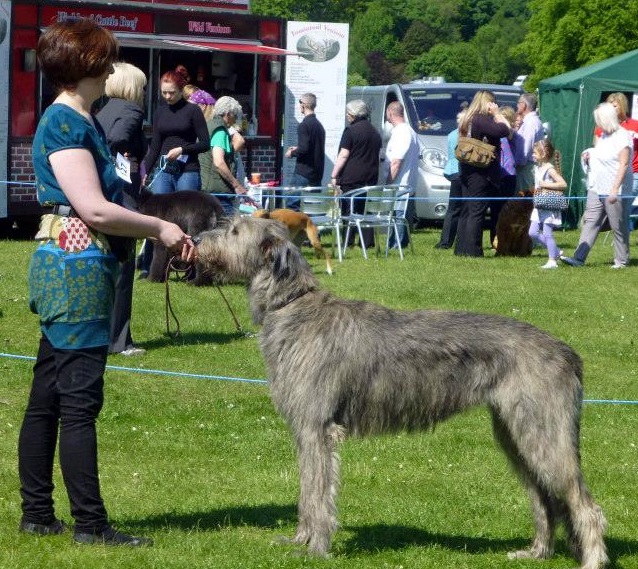
Myrtle Stacked at Dundee Open Show 2013
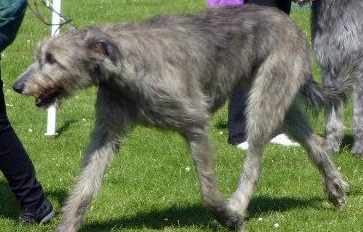
Myrtle Moving at Dundee Open Show 2013
Before the show you need to make sure your hound is presentable, this needn’t take hours and hours. At the very least he will need a thorough grooming and, if you think it’s necessary, a bath. For a wolfhound coat most exhibitors will tell you not to bath him within two weeks of a show or his coat will feel ‘soft’. You should check his nails are not too long, his ears are clean, his private parts and under his tail. If you have opted not to give a full bath then give him a ‘sponge bath’ a few days before the show, using either a damp cloth or wet wipes. How much preparation you do will perhaps depend on what type of show you have booked him into.
On show day, you will need to take a brush or comb for last minute tidying, some wet wipes, a small towel, and a ring clip to hold your ring number, perhaps a blanket for your hound to lie on ringside and stay clean and comfortable. A thin slip lead will show off your dog to his best advantage, and a bait bag full of treats will help you keep his attention. Arrive in plenty of time, check the catalogue for your ring and settle yourself ringside. Always be considerate of other exhibitors though and listen for the ring steward to call your class. Listen for any instructions from the steward and the judge and don’t be afraid to ask for clarification if you are unsure about anything.
All of the above may feel like an awful lot to take in and may put you off but honestly, it can be a lot of fun, a great way to socialise and meet other wolfhounds and their owners and, of course, most enjoyable when your dog wins his class. The mantra of all dog show exhibitors though is that ‘you always take the best dog home’ and this is very true.

